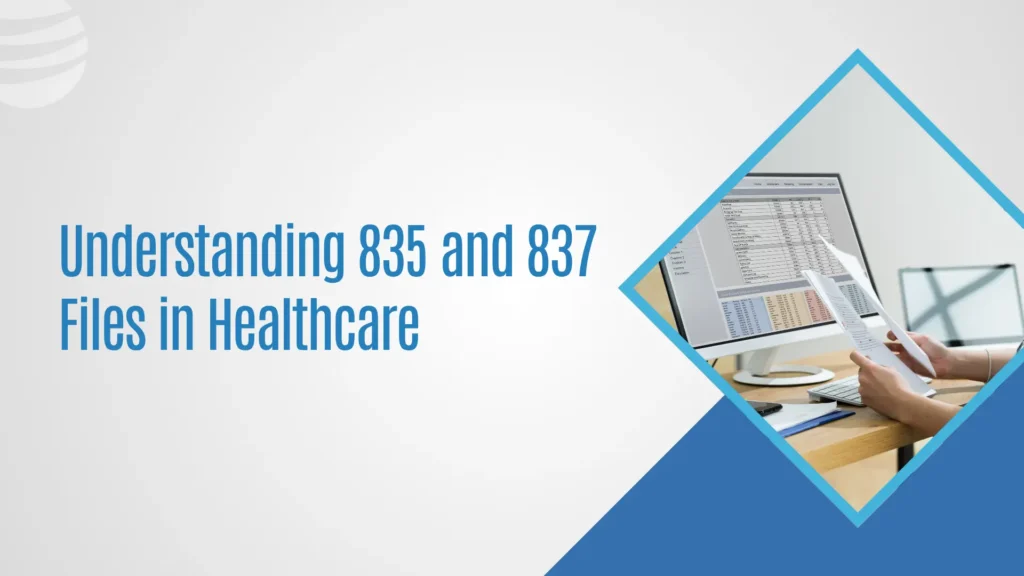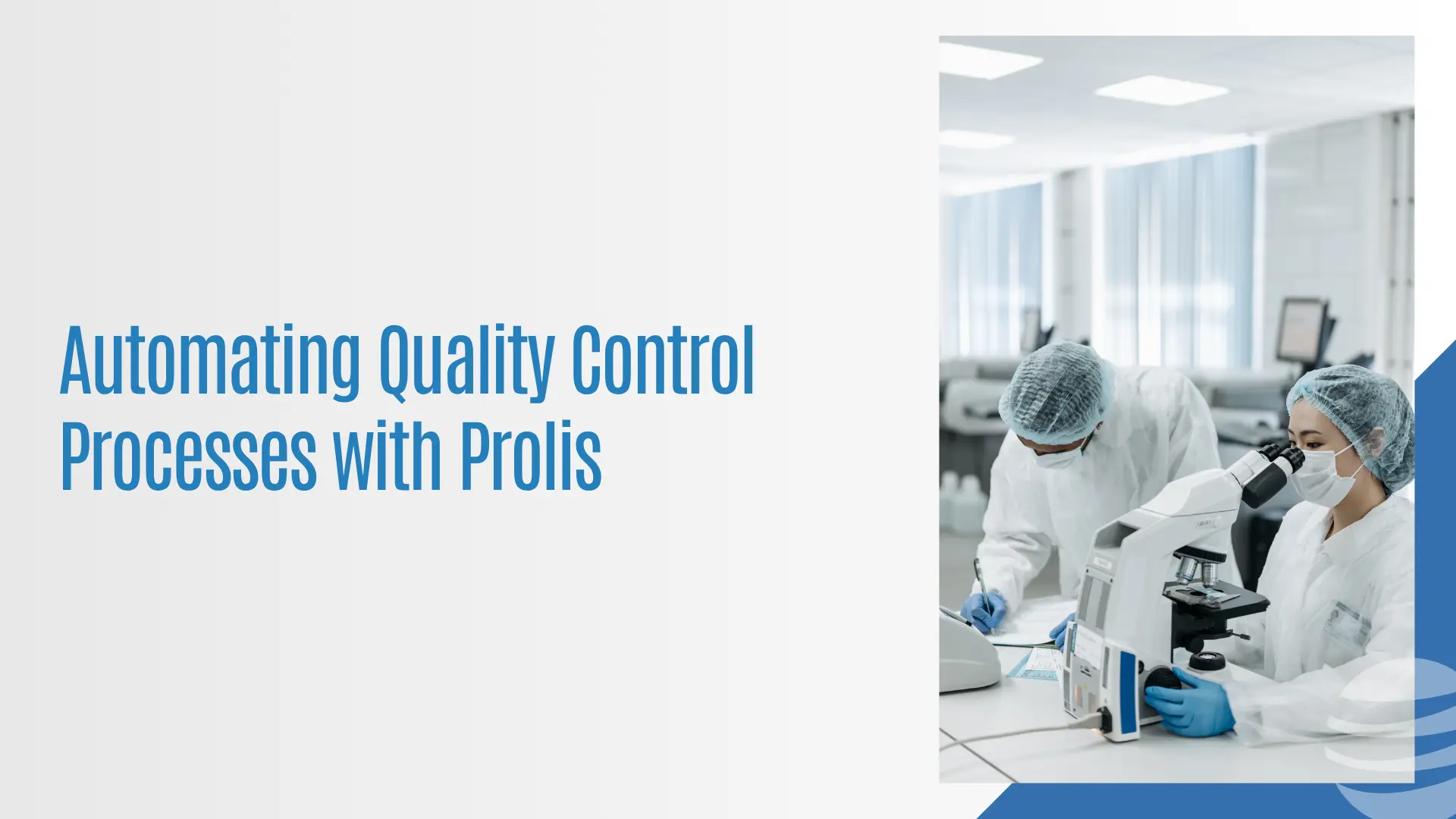Difference Between 835 and 837 Files in Healthcare: A Complete Guide
In the realm of medical billing and electronic data interchange (EDI), two file types frequently surface: the 835 and 837 files. Understanding their purpose, usage, and differences is important for healthcare providers, medical billing companies, and IT professionals working with healthcare data systems. This guide explores the differences between 835 and 837 files, their role in the medical claims process, and how they relate to HIPAA compliance and revenue cycle management.
What Are 835 and 837 Files?
837 File Format: Healthcare Claim Submission
The 837 file is an EDI transaction format used by healthcare providers to submit healthcare claims to payers (insurance companies, Medicare, Medicaid). It replaces traditional paper-based claims, enabling faster, standardized communication.
There are three types of 837 files:
-
- 837P: Professional claims (e.g., physician services)
- 837I: Institutional claims (e.g., hospital stays)
- 837D: Dental claims
Each 837 transaction contains detailed information about:
-
- Patient demographics
- Services rendered
- Provider details
- Procedure and diagnosis codes (ICD, CPT, HCPCS)
835 File Format: Remittance Advice and Payment Explanation
The 835 file, also known as the Electronic Remittance Advice (ERA), is sent by payers to providers. It details how submitted claims were processed:
It includes:
-
- Payment amounts
- Adjustments and denials
- Co-pays, deductibles
- Explanations for partial or non-payments
- Claim reference numbers
Key Differences Between 835 and 837 Files
| Feature | 837 File | 835 File |
|---|---|---|
| Purpose | Submit healthcare claims to payers | Receive payment and claim status info |
| Initiated By | Healthcare provider | Health insurance payer |
| Type of Transaction | Claims submission | Claims response and payment |
| File Direction | Provider to Payer | Payer to Provider |
| Common Formats | 837P, 837I, 837D | Standard HIPAA 835 format |
| Contains Patient Information? | Yes | Yes (limited to payment relevance) |
| Contains Payment Info? | No | Yes |
| Related to | Claims generation | Claim adjudication and posting |
Role in the Healthcare Revenue Cycle
Understanding the 837 and 835 files is crucial in optimizing the healthcare revenue cycle. Here’s how each file fits into the broader process:
- Patient Visit: A patient receives services from a provider.
- Claim Generation (837): Provider submits the service information to the payer.
- Claim Adjudication: Payer processes the claim and determines the payable amount.
- Remittance Advice (835): Payer sends an 835 file with payment details and status.
- Payment Posting: Providers use the 835 file to reconcile and post payments to the correct accounts.
- Patient Billing (if applicable): Based on the 835, patients may be billed for any remaining balance.
Why Are 835 and 837 Files Important?
1. Automation and Efficiency
By replacing paper forms with EDI transactions, both file types streamline processes:
-
- Reduce errors from manual data entry
- Speed up claims submission and payment posting
- Enable auto-adjudication and reconciliation
2. Compliance with HIPAA Standards
Both 837 and 835 files are mandated under HIPAA (Health Insurance Portability and Accountability Act) for secure and standardized electronic communication. They follow ANSI X12 EDI format.
3. Integration with Practice Management Systems (PMS) and EHRs
Modern practice management software and electronic health record systems (EHRs) are designed to automatically handle these files:
-
- 837s are generated post-visit for claims
- 835s are imported for reconciliation and financial reporting
Real-World Use Case: A Claim Journey
To understand the practical difference between 835 and 837 files, consider this workflow:
- Dr. Smith treats a patient and codes the encounter.
- The practice’s billing system generates an 837P file and submits it to BlueCross.
- BlueCross reviews the claim, determines allowed charges, deductibles, and patient responsibility.
- An 835 file is sent back to Dr. Smith’s office detailing the payment and adjustments.
- The billing system uses the 835 to mark the claim as paid, partially paid, or denied.
Common Issues and Best Practices
1. 835/837 File Errors
-
- Missing or invalid NPI (National Provider Identifier)
- Incorrect procedure codes
- Mismatch in patient data
- Payer-specific formatting issues
Solution: Validate files using clearinghouses or EDI validation tools before transmission.
2. Denials and Rejections
An 837 file can result in denials if incomplete or incorrect. The 835 file helps identify the exact reason for denial.
Solution: Implement automated denial management tools and train staff on denial codes in 835s.
Understanding the difference between 835 and 837 files is essential for healthcare providers aiming to improve claim submission, reduce payment delays, and maintain HIPAA compliance. The 837 file initiates the payment cycle by submitting the claim, while the 835 closes the loop by detailing how the claim was processed.
By integrating proper EDI tools, validating data, and training staff, organizations can streamline their medical billing process, enhance cash flow, and stay aligned with regulatory standards.
Optimize your EDI workflow today—because every claim counts. Book Demo




